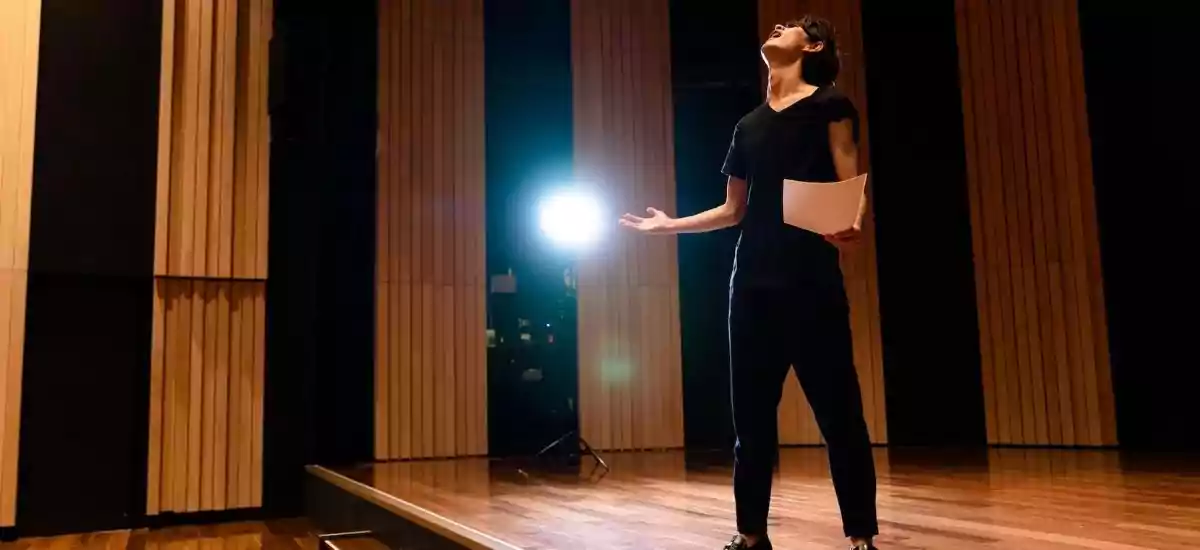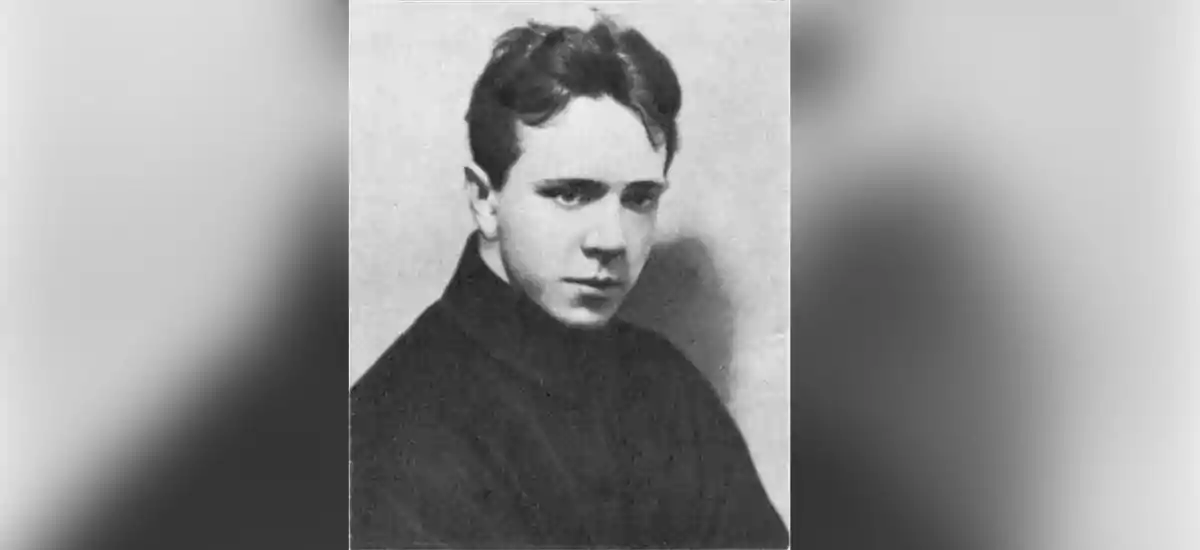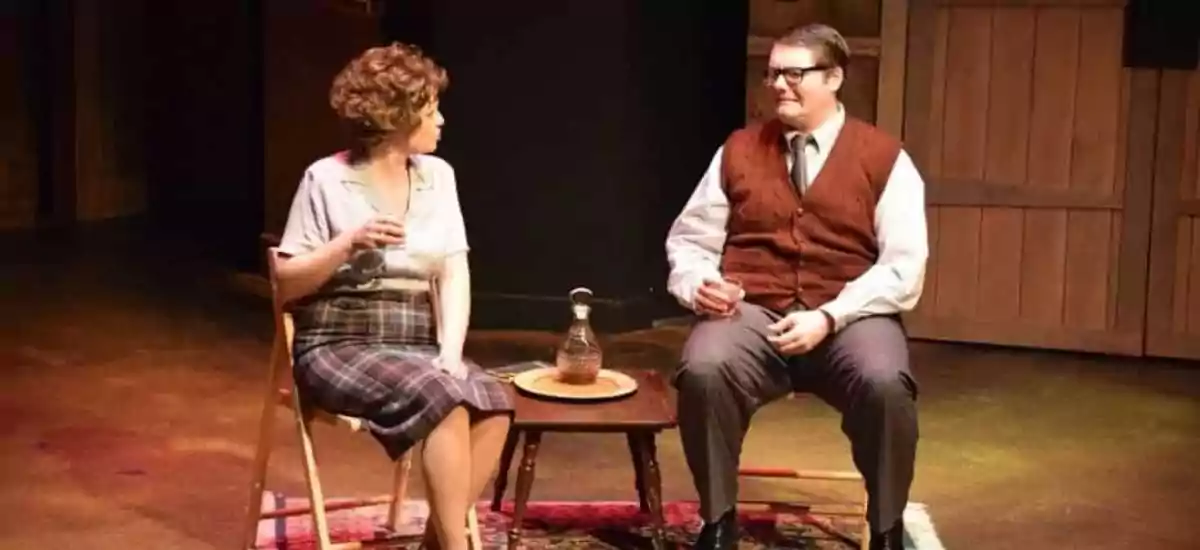A lot of the time, actors can relate to their roles on screen. They may have similar
viewpoints, experiences, or even personality traits. They may benefit from these
relationships, but they may also limit them. In the world of acting, Michael Chekhov is a
giant.
Dramatic history would be incomplete without his contributions, which continue to
impact today’s top performers. Find out how the Chekhov Method can help you become a
better actor.
What Is The Checkhov Technique?
This “psycho-physical” style of acting is articulated in Michael Chekhov’s five guiding
principles of acting, and it aims to ground emotions through bodily gestures. MICHA, which
describes itself as “the core of the international Chekhov community,” defines the Chekhov
Technique’s creative purpose as “a connection between the inner emotion elicited by
physical movement and its external manifestation.”
The Chekhov Method connects physicality and movement to emotion, allowing an actor to
remain utterly present or in front of a camera.
Who Was Michael Checkhov?
Chekhov’s ancestors were actors; he was born in 1891 in Moscow. After graduating from theMoscow Art Theatre under legendary director Konstantin Stanislavsky (father of the
Stanislavsky system), Anton Chekhov’s nephew became a well-known stage actor.
Anton Chekhov began innovating while working with Yevgeny Vakhtangov and Vsevolod
Meyerhold at the Moscow Art Theatre II. He was forced to leave Russia’s communist regime
because of his original ideas, which forced him to study in Germany and eventually the
United States.
Stanislavsky and Chekhov had a falling out over Chekhov’s unconventional
approach to stage technique. He finally developed a technique utilized by many Hollywood
actors and actresses during the 1930s and 1940s, which led to him being a thought leader in his own right. After some time, people started referring to it as the Chekhov Technique
instead.
Fundamental Principles And Exercises Associated With The Checkhov Technique
According to Chekhov’s philosophy, actors are artists, and every decision they make onstage has a significant impact on how the story will unfold. True artists, according to him, have a deep-seated and often unconscious urge for transformation. They focus primarily on physical action, imaginative play, and the exchange of energy:
● According to the Symbolist theories of Andrei Bely, a character’s desire, need, or
urge can be externalized through the use of the Psychological Gesture as part of the
Chekhov Technique.
● The actor repeatedly practices a physical movement until it becomes second nature.
● Exaggerated gestures are gradually reduced, drawing from emotional responses
from physicalizing them.
● Instead of using the vague “want” or “feel,” try using more concrete, kinetic verbs like
“push,” “pull,” “shrink,” or “grow.”
● In many of Chekhov’s exercises, students express themselves through movement.
● For a performer to connect with their instrument, they need to engage in aerobic
warm-up exercises such as yoga.
● The Chekhov Method teaches actors to share their inner essence with their
co-stars—their intentions, decisions, and performance—as an important goal.
● In this concept, known as “radiating,” actors are meant to sync each other’s energies.
● In many Chekhov Technique classes, there is an emphasis on group improvisation,
whether verbal or nonverbal. For example, the following exercise can be completed
by one person alone: Play a character’s journey from one mood to the next by
imagining two different scenes, one for the beginning and one for the end.
What Makes The Checkhov Technique Different From Other Acting Techniques?
Like other Western approaches to acting, the Chekhov acting Technique takes influence
and departs from Stanislavsky’s technique. To avoid obtaining authentic acting from personal experience, Chekhov deviates from his mentor’s instructions. Stanislavsky’s theories heavily influenced Lee Strasberg’s Method, and this concept of using one’s memories and background to construct a character, or dynamic memory, became a central component.
He eventually realized this was a self-defeating and even dangerous technique for Chekhov.
However, Chekhov practitioners focus on their senses and subconsciousness, exploring
physical and cerebral options to create an honest performance. There is a lot of connection
between Chekhov’s teachings and movement-based acting systems like the Alexander
Technique and Viewpoints.
Actors Who Use Checkhov Techniques
Chekhov was a teacher for the following performers in their early careers:
● It was Yul Brynner.
● Gregory Peck, actor
● Sigrid Birgitta Bergman
● Therese Caron Leslie
● Actress Patricia Neal
● The iconic Marilyn Monroe
● The actor Anthony Hopkins.
● The actor Jack Nicholson
Johnny Depp and Clint Eastwood have all mentioned the importance of this strategy in their
films. Beatrice Straight, who in the 1930s extended an invitation to Chekhov to open his
acting workshop, went so far as to express her gratitude to Chekhov when she accepted the Academy Award for Best Supporting Actress for her role in “Network” in 1977.
What Are The Pros And Cons Of the Checkhov Techniques?
Actors should practice a wide range of acting techniques before settling on one. Building
blocks for understanding and unlocking your performance can then be used. There are both
pros and cons to the Checkhov technique.
● Pros
The Chekhov Technique teaches actors to adapt their bodies, minds, and five senses to
various roles and mediums. Any character-building toolkit should include movement and
improvisation exercises. Actors who have developed a character via psychological gestures
need to perform the gesture to immediately enter the mind and feelings of the character they are playing. For example, it’s easier to go from “Action!” to “Cut!” while you’re on set.
● Cons
However, focusing entirely on the Chekhov Method of Technique implies ignoring the
Stanislavsky Method and the Strasberg Method’s potential benefits. Actors who wish to use
their own experiences and personalities to create interesting choices don’t have to resort to
considerable psycho-physical training. Chekhov’s disciples don’t experiment with blurring the self and the character barrier.
How And Where To learn The Chekhov Acting Technique
Though not as common as Stanislavsky, Sanford Meisner, or Stella Adler’s, Chekhov’s
technique is taught at organizations and courses worldwide.
● The Michael Chekhov Acting Studio provides classes and workshops based on the
Chekhov Technique in New York City, MICHA in Connecticut, the Michael Chekhov
International Academy in Germany, and Michael Chekhov UK. All of these locations
are located in the United States.
● Reading Chekhov’s own words is the quickest and most affordable approach to
getting acquainted with the man’s views.
● It’s possible to learn more about the instructor’s approach to acting in several of his
published publications, including “Lessons for the Professional Actor: On the
Technique of Acting.”
Is Checkhov’s Acting Techniques Still Relevant Today?
It now sits beside recognized methods like Meisner’s or Stanislavski’s. Onstage
performances have been influenced by Chekhov’s method for decades. That influence has
likely cemented itself in dramatic history due to its unconventional stance on the importance of loyalty when creating the groundwork for a part. As Chekhov realized, there is no one-size-fits-all approach to acting; each performer can benefit from various techniques.
You may miss out on knowing the character’s essence if you limit yourself to just one interacting method. The diverse lighting techniques used by Chekhov didn’t afford much leeway in terms of creativity, but it didn’t stop him from trying.
There are various ways to approach the art of acting, and the goal is to identify what works
best for you when it comes to deciding how to proceed with a character. Famous actors like
Johnny Depp and Anthony Hopkins share Michael Chekhov’s view, and they frequently
mention how important it has been to their careers to learn from Russian teachers.
FAQS
1.Who uses Checkhov Technique?
In addition to Marilyn Monroe and Anthony Quinn, Chekhov taught Clint Eastwood, Yul
Brynner, Patricia Neal, and Sterling Hayden. Other students included Lloyd and Dorothy
Bridges and Jack Palance, Paula Strasberg, and Elia Kazan.
2.How many principles did Checkhov outline in his technique?
Using Michael Chekhov’s method, you can gain insight into the moment’s truth through a
more imaginative means. In a series of lectures, he gave to a group of professional actors in1955, Michael Chekhov’s Five Guiding Principles for Actors’ Training.
3.Which of the following is true of Checkhov’s style?
Chekhov uses a seemingly ominous sign as a prelude to a pivotal shift is a distinct
technique. Ultimately, Chekhov’s language is as vigorous as life, straightforward like
dialogue, basic like an ordinary man may use, and serene like calm water.
Conclusion
The goal of Michael Chekhov’s system is to spark creative thinking, not emotional memory.
He said everything, including the work atmosphere, has to be made up. Chekhov’s system
for interpreting a play is based on creating mental images and doing physical things to make the actor feel something.
The actor can make up new bodies with different centers by using their mind. These
experiences will help him develop actual characters since they allow him to experience life
on the set, from “as if…” what was happening in it was real, but without the actor needing to use his own experiences.
Read More-Memorization Techniques For Actors



